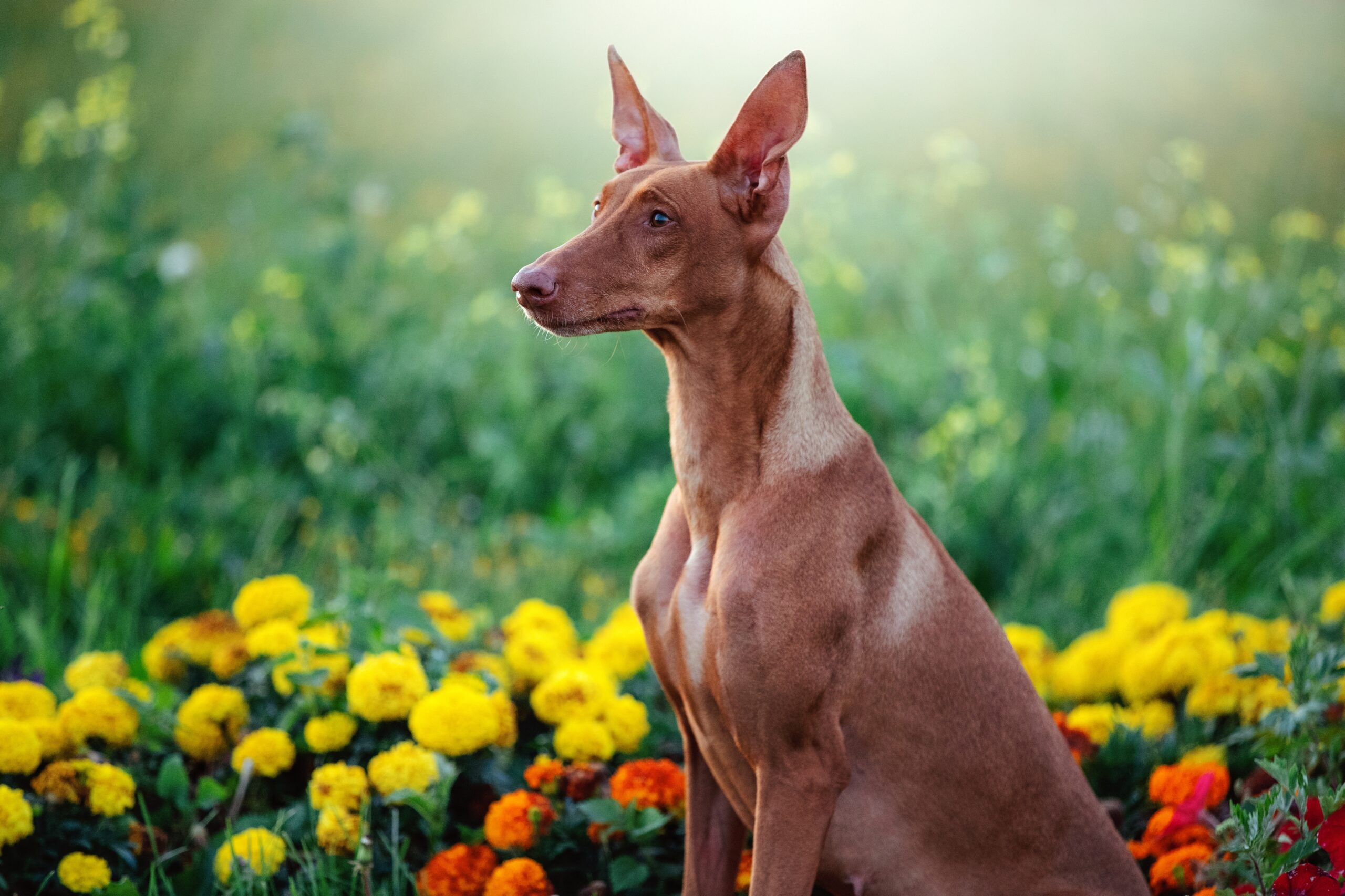Rare dog breeds often captivate with their unique appearances and distinctive traits. However, these extraordinary canines frequently come with a hefty price tag, not just in terms of purchase but also the recurring vet bills.
Many of these breeds have specific health issues due to their genetic makeup, requiring frequent veterinary care. The rarity of these dogs often means that they are the subject of specialized breeding programs, which inadvertently concentrate certain genetic conditions.
This list explores rare dog breeds that, while fascinating, may require significant investment in their health care.
1. Tibetan Mastiff
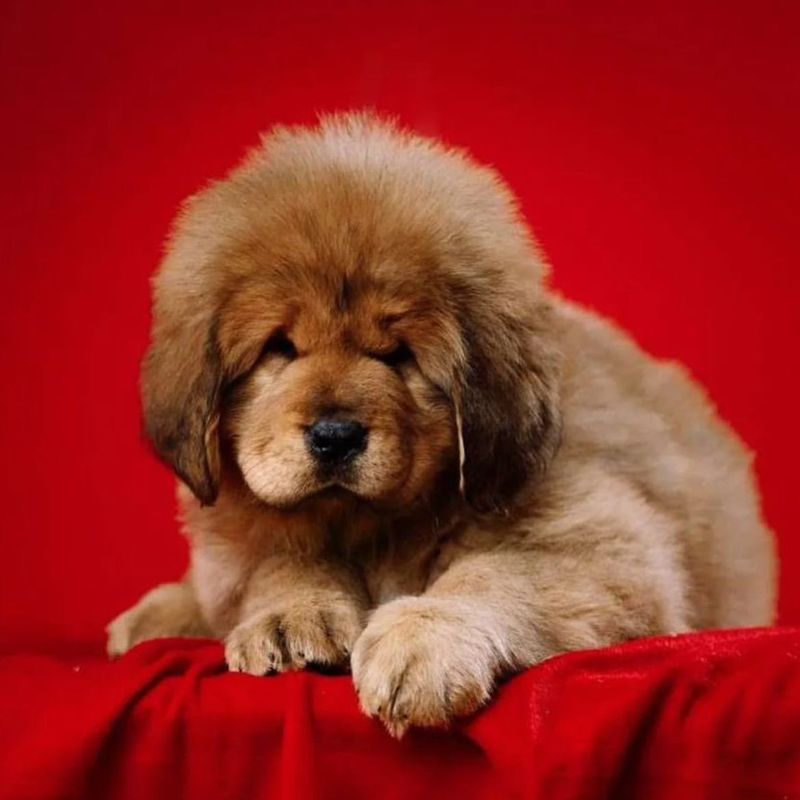
The Tibetan Mastiff is a giant and ancient breed known for its imposing size and protective nature. Originating from the Tibetan plateau, these dogs were traditionally used to guard livestock from predators like wolves and leopards.
Despite their formidable appearance, Tibetan Mastiffs are known to be gentle giants when it comes to their family. However, this breed can suffer from a number of health issues, including hip dysplasia and hypothyroidism.
Their large size also predisposes them to joint and bone-related issues, often requiring expensive medical treatments and regular vet check-ups. Owning a Tibetan Mastiff is a commitment not only to their training and exercise but also to ensuring their health is constantly monitored.
2. Pharaoh Hound
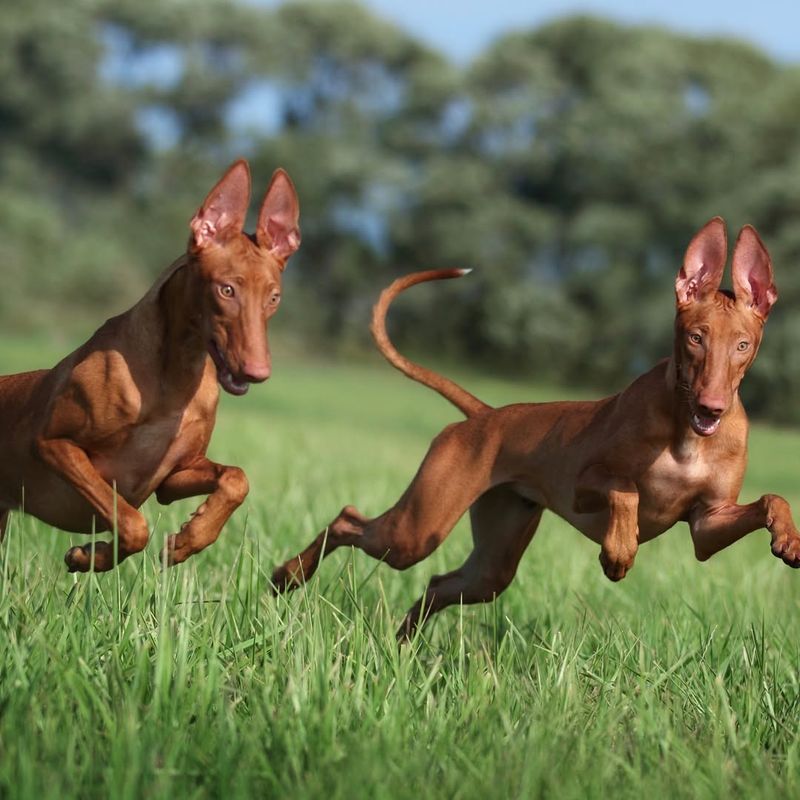
Grace and agility define the Pharaoh Hound, a breed that traces its lineage back to ancient Egypt. Known for their slender and athletic build, these dogs are often depicted in ancient Egyptian art.
While they are a sight to behold, Pharaoh Hounds are prone to certain genetic health issues like hip dysplasia and patellar luxation.
Their sensitive skin requires special care, and they are susceptible to allergies, which can lead to frequent vet visits. Caring for a Pharaoh Hound means being attentive to their skin condition and ensuring they have a comfortable environment.
3. Norwegian Lundehund
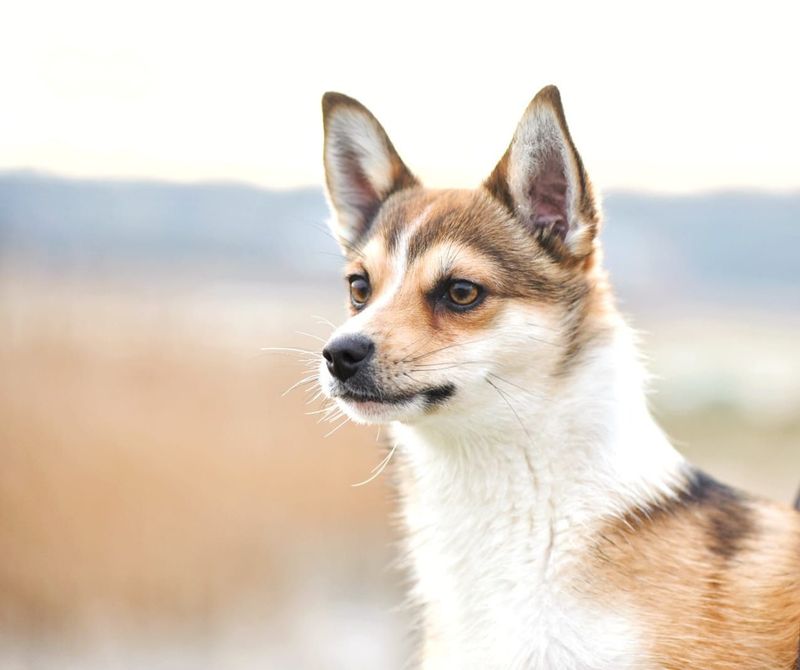
The Norwegian Lundehund is a small, agile breed originally used for hunting puffins in Norway. This breed is incredibly rare, with unique characteristics such as six toes on each foot and an extraordinary range of motion in their joints.
However, they are prone to a rare digestive disorder known as Lundehund Syndrome, which can be quite costly to manage.
These dogs require a special diet and medical regimen to maintain their health. Owners should be prepared for regular vet visits and ongoing medical expenses to manage their unique health needs.
4. Azawakh

Originating from West Africa, the Azawakh is a sighthound known for its speed and elegant demeanor. These dogs are in the lesser known dogs category, and they have a unique appearance, with their thin, long legs and deep chests.
Despite their athletic build, Azawakhs are prone to certain health issues like hip dysplasia and heart problems.
Their sensitive nature means they can be susceptible to stress-related illnesses, requiring regular veterinary attention. Ensuring the well-being of an Azawakh involves providing a stable environment and being vigilant about their physical and mental health.
5. Dogo Argentino
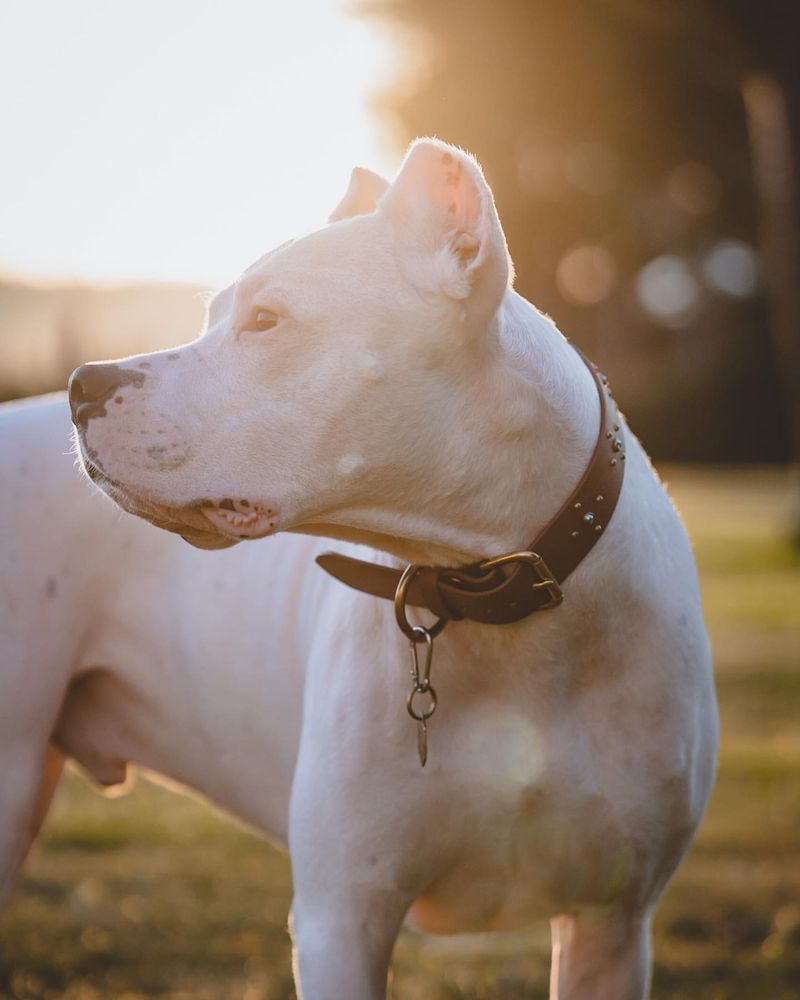
The Dogo Argentino is a powerful and courageous breed originally developed for big-game hunting in Argentina. They possess a strong muscular build and a highly protective nature.
Despite their robust appearance, Dogo Argentinos are susceptible to several health issues, including deafness and hip dysplasia.
Their large size and active lifestyle mean they require regular health screenings to maintain their well-being. Owners must be prepared for the financial commitment of ongoing medical care and specialized training to manage their protective instincts.
6. Berger Picard
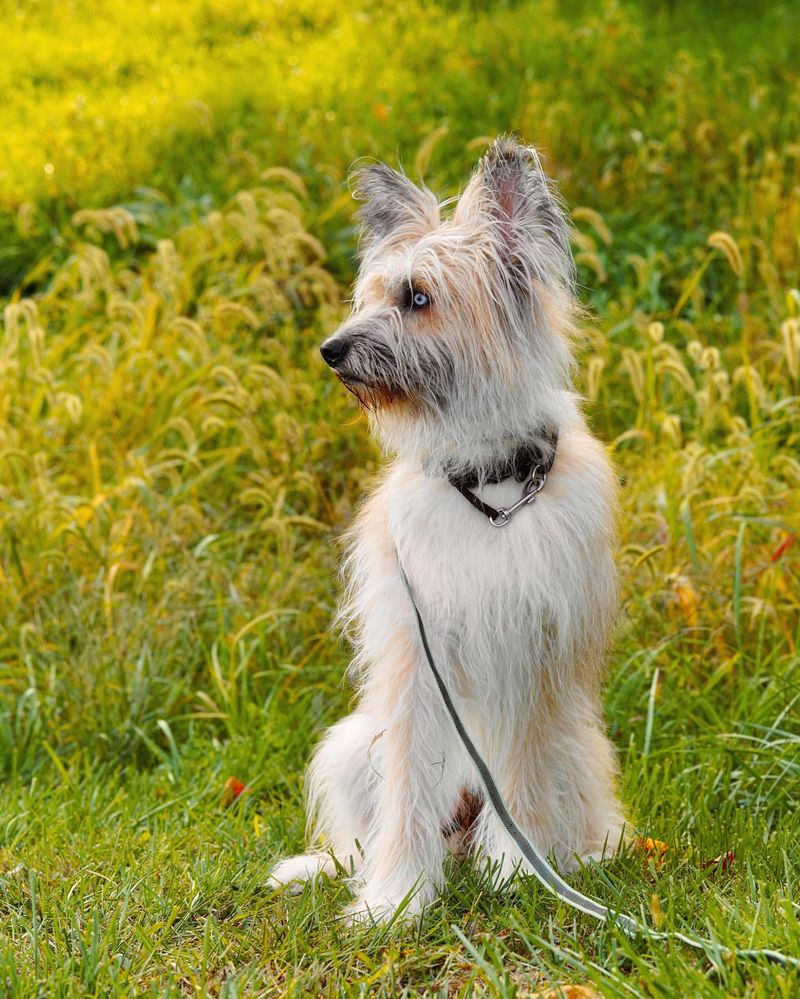
The Berger Picard, known for its tousled coat and expressive face, is a rare herding breed from France. These dogs are highly intelligent and require plenty of mental stimulation.
However, they are prone to certain hereditary conditions like hip dysplasia and progressive retinal atrophy, which can lead to increased vet bills.
Regular health check-ups and early detection are crucial to managing these issues. Owners should be prepared for the financial investment required to address these potential health concerns and provide a stimulating environment for their Berger Picard.
7. Catalburun
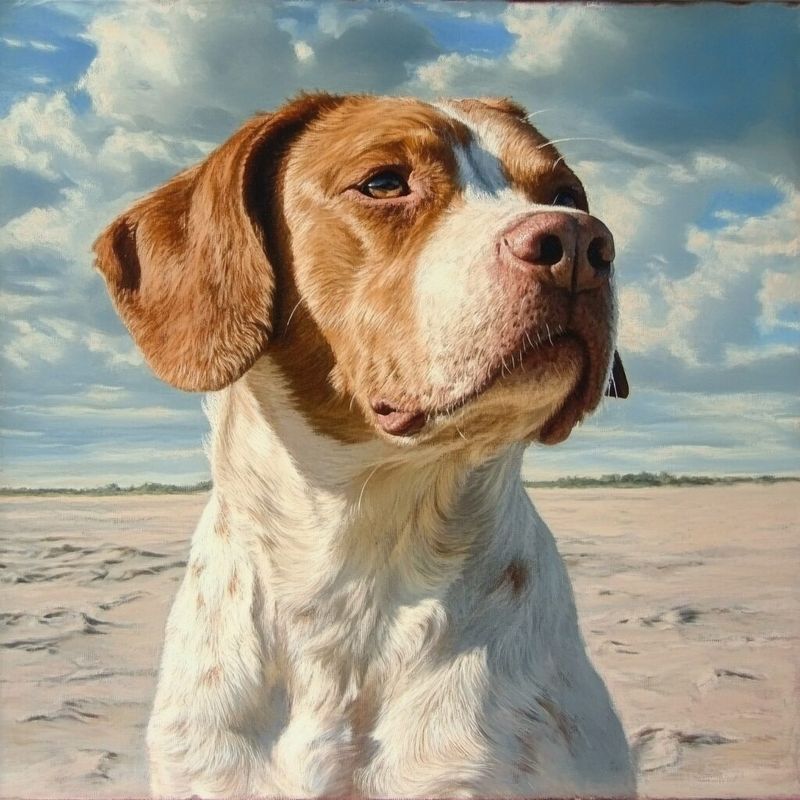
Hailing from Turkey, the Catalburun is a rare breed known for its unique split nose. This feature gives them an enhanced sense of smell, making them excellent hunting companions.
Despite their hunting prowess, Catalburuns can suffer from genetic conditions like hip dysplasia and heart diseases.
These health issues necessitate regular vet visits and potential treatments. Owners of a Catalburun must be attentive to their health needs and willing to invest in ongoing medical care to ensure their well-being.
8. Sloughi
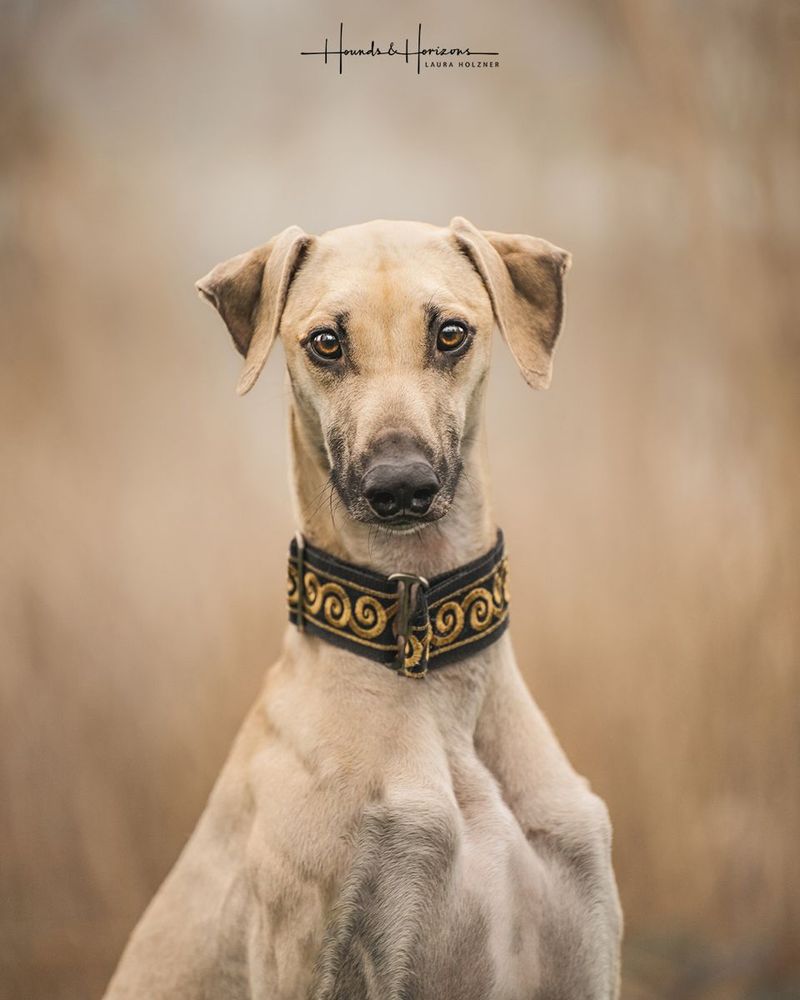
The Sloughi, a North African sighthound, is known for its speed and grace. These dogs have a natural elegance, with their slender frames and smooth coats.
Health concerns for the Sloughi include progressive retinal atrophy and hip dysplasia, which can lead to significant veterinary expenses.
As a sensitive breed, they may also be prone to stress-related conditions, requiring attentive care from their owners. Providing a calm and nurturing environment is essential for maintaining the health and happiness of a Sloughi.
9. Thai Ridgeback
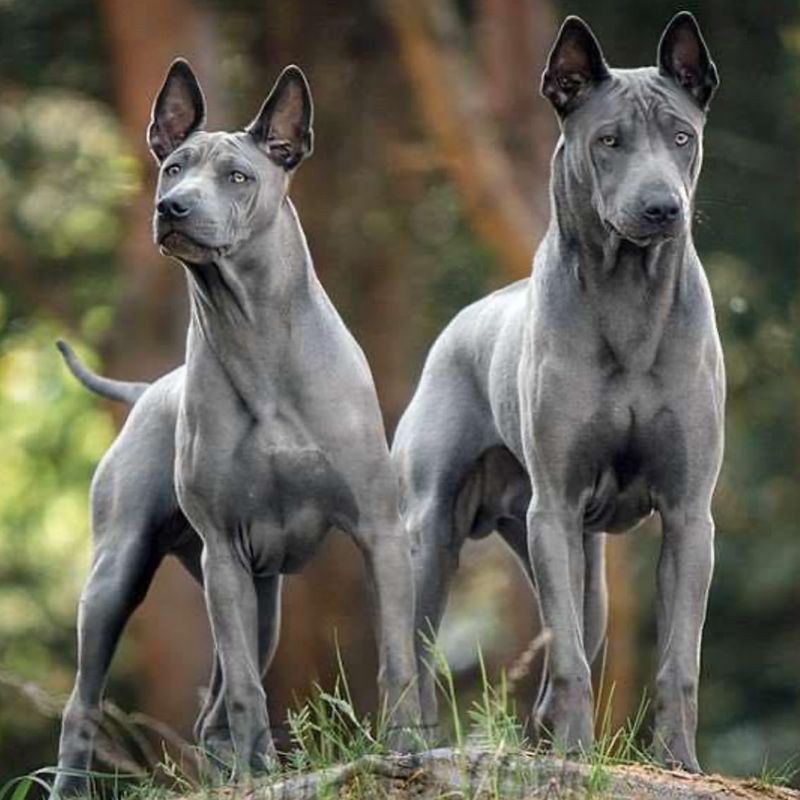
The Thai Ridgeback, with its signature ridge of hair along its back, is a rare and ancient breed from Thailand. Known for their intelligence and independence, these dogs require experienced handling.
Common genetic health issues include dermoid sinus and hip dysplasia, which can result in significant veterinary costs.
Regular health screenings and preventative care are necessary to manage these conditions. Owning a Thai Ridgeback involves being proactive about their health and understanding their unique traits to provide appropriate care.
10. Czechoslovakian Wolfdog
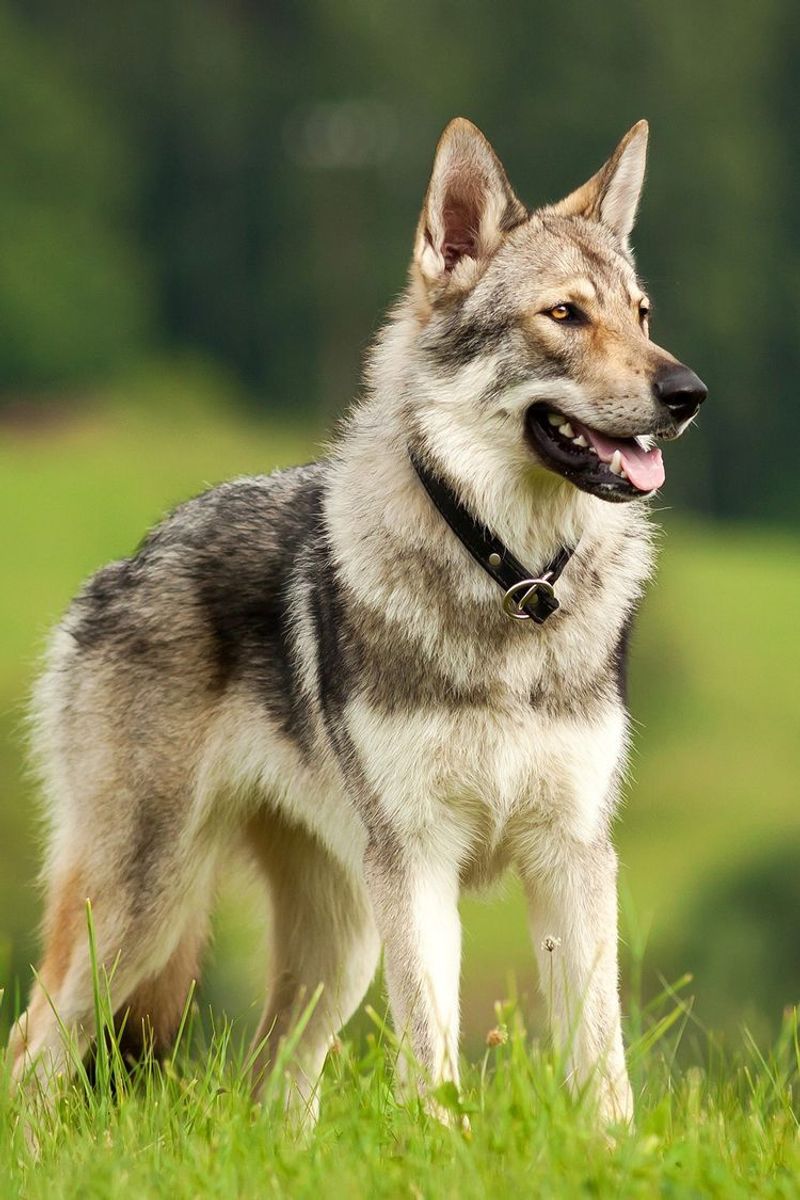
Combining the traits of wolves and dogs, the Czechoslovakian Wolfdog is a fascinating breed developed for working purposes. They have a striking resemblance to wolves, with their strong build and keen senses.
However, they are prone to health issues like hip dysplasia and degenerative myelopathy, necessitating frequent vet visits.
Owners should be prepared for rigorous health monitoring and be willing to invest in their well-being. This breed demands an active lifestyle and experienced handling to thrive.

